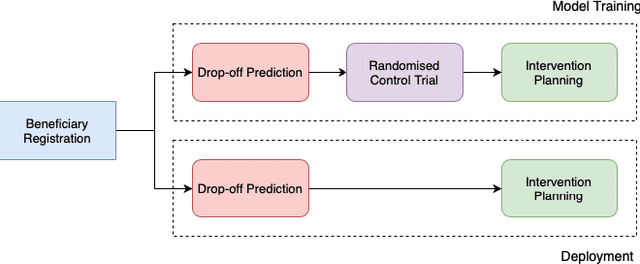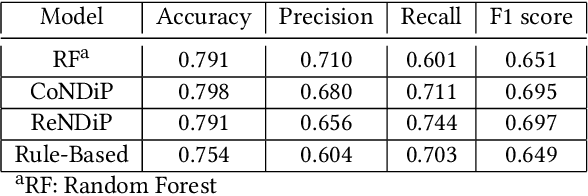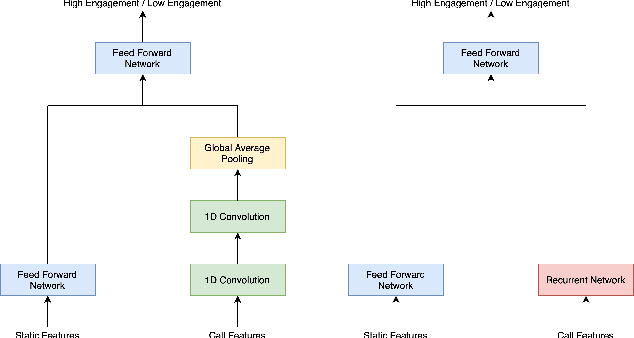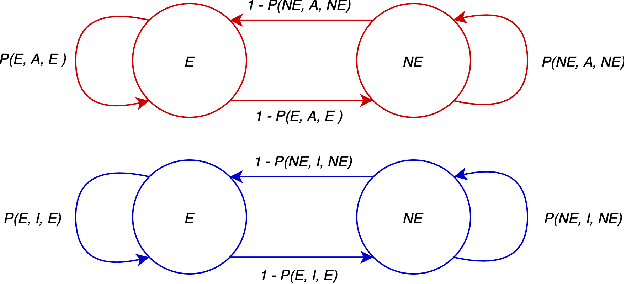Anirudh Grama
Selective Intervention Planning using Restless Multi-Armed Bandits to Improve Maternal and Child Health Outcomes
Apr 05, 2021



Abstract:India has a maternal mortality ratio of 113 and child mortality ratio of 2830 per 100,000 live births. Lack of access to preventive care information is a major contributing factor for these deaths, especially in low resource households. We partner with ARMMAN, a non-profit based in India employing a call-based information program to disseminate health-related information to pregnant women and women with recent child deliveries. We analyze call records of over 300,000 women registered in the program created by ARMMAN and try to identify women who might not engage with these call programs that are proven to result in positive health outcomes. We built machine learning based models to predict the long term engagement pattern from call logs and beneficiaries' demographic information, and discuss the applicability of this method in the real world through a pilot validation. Through a randomized controlled trial, we show that using our model's predictions to make interventions boosts engagement metrics by 61.37%. We then formulate the intervention planning problem as restless multi-armed bandits (RMABs), and present preliminary results using this approach.
Missed calls, Automated Calls and Health Support: Using AI to improve maternal health outcomes by increasing program engagement
Jul 06, 2020



Abstract:India accounts for 11% of maternal deaths globally where a woman dies in childbirth every fifteen minutes. Lack of access to preventive care information is a significant problem contributing to high maternal morbidity and mortality numbers, especially in low-income households. We work with ARMMAN, a non-profit based in India, to further the use of call-based information programs by early-on identifying women who might not engage on these programs that are proven to affect health parameters positively.We analyzed anonymized call-records of over 300,000 women registered in an awareness program created by ARMMAN that uses cellphone calls to regularly disseminate health related information. We built robust deep learning based models to predict short term and long term dropout risk from call logs and beneficiaries' demographic information. Our model performs 13% better than competitive baselines for short-term forecasting and 7% better for long term forecasting. We also discuss the applicability of this method in the real world through a pilot validation that uses our method to perform targeted interventions.
 Add to Chrome
Add to Chrome Add to Firefox
Add to Firefox Add to Edge
Add to Edge